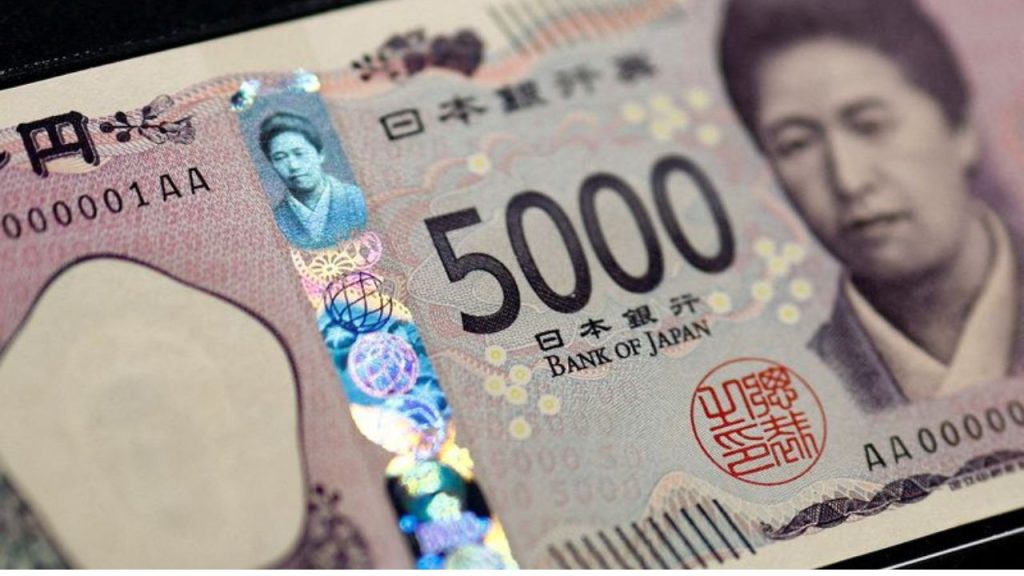Expectations that the Bank of Japan would hike rates next week have the dollar on the defensive ahead of Donald Trump’s return to the White House, and the yen was set for its best weekly performance in more than a month on Friday.
With traders pricing in an 80% possibility of a rate rise next week, the market conviction that a rate change is imminent has been bolstered by BOJ officials’ remarks and Japanese statistics showing sustained price pressure and robust wage growth.
This week, the yen has increased 1.5% compared to the dollar, marking its most significant weekly advance since late November. Although it was somewhat lower on Friday at 155.40 per dollar, it was still near the one-month high of 155.10 that it had set on Thursday.
Charu Chanana, chief investment strategist at Saxo, stated, “Inflation and wage data suggest that the BOJ could hike rates further, and commentary is also signaling one.”
However, despite a rate hike, the yen’s strength may be short-lived, particularly if BOJ Governor Kazuo Ueda shocks everyone with dovish remarks.
China’s yuan remained stable following statistics that showed the second-largest economy in the world expanded 5.4% in the fourth quarter, far above experts’ forecasts and placing full-year 2024 growth at 5%, right in the middle of Beijing’s goal.
The offshore yuan recently sold for 7.3388, while the spot yuan was slightly firmer at 7.3266 per dollar. Due to the strong dollar, the potential of U.S. tariffs, and low rates on Chinese bonds, the yuan has recently remained around 16-month lows.
Due to a prolonged real estate crisis, growing local debt, and sluggish consumer demand, China’s economy has failed to gain momentum since a post-pandemic recovery swiftly sputtered out.
“Despite the recent stimulus boost, we don’t think the economy is on a strong footing, and more fiscal funds are likely to be deployed at the Budget on 5th March to cushion China’s economy against Trump’s policies,” said Alex Loo, a macro and foreign exchange strategist at TD Securities in Singapore.
At $1.03065, the euro remained stable, while sterling hardly moved at $1.22425. The dollar index, which measures how much the US dollar is worth about six other currencies, was thus at 108.94, just missing a two-year high that was hit at the start of the week.
After traders began pricing in the possibility of two rate cuts this year following lowering U.S. core inflation data on Wednesday, the index is expected to decline 0.6% this week, ending a six-week gain run. Last month, the Federal Reserve forecasted two rates for 2025.
However, statistics released on Thursday revealed that U.S. retail sales rose in December, supporting the idea that the Fed should be careful when lowering interest rates this year and indicating robust consumer demand.
On Thursday, Fed Governor Christopher Waller stated that if economic data continues to deteriorate, three or four rate cuts might still occur.
According to LSEG data, markets are now pricing 41 basis points of Fed rate reduction this year, up from 37 basis points before Waller’s remarks.
In Asian hours, the benchmark 10-year Treasury yield was at 4.612%. It had its worst weekly performance over a month, falling more than 16 basis points.
Investors anxiously anticipate his inaugural address on Monday so that they can understand Trump’s policy stance. His current tax and tariff policies are expected to increase growth and cause inflation.




